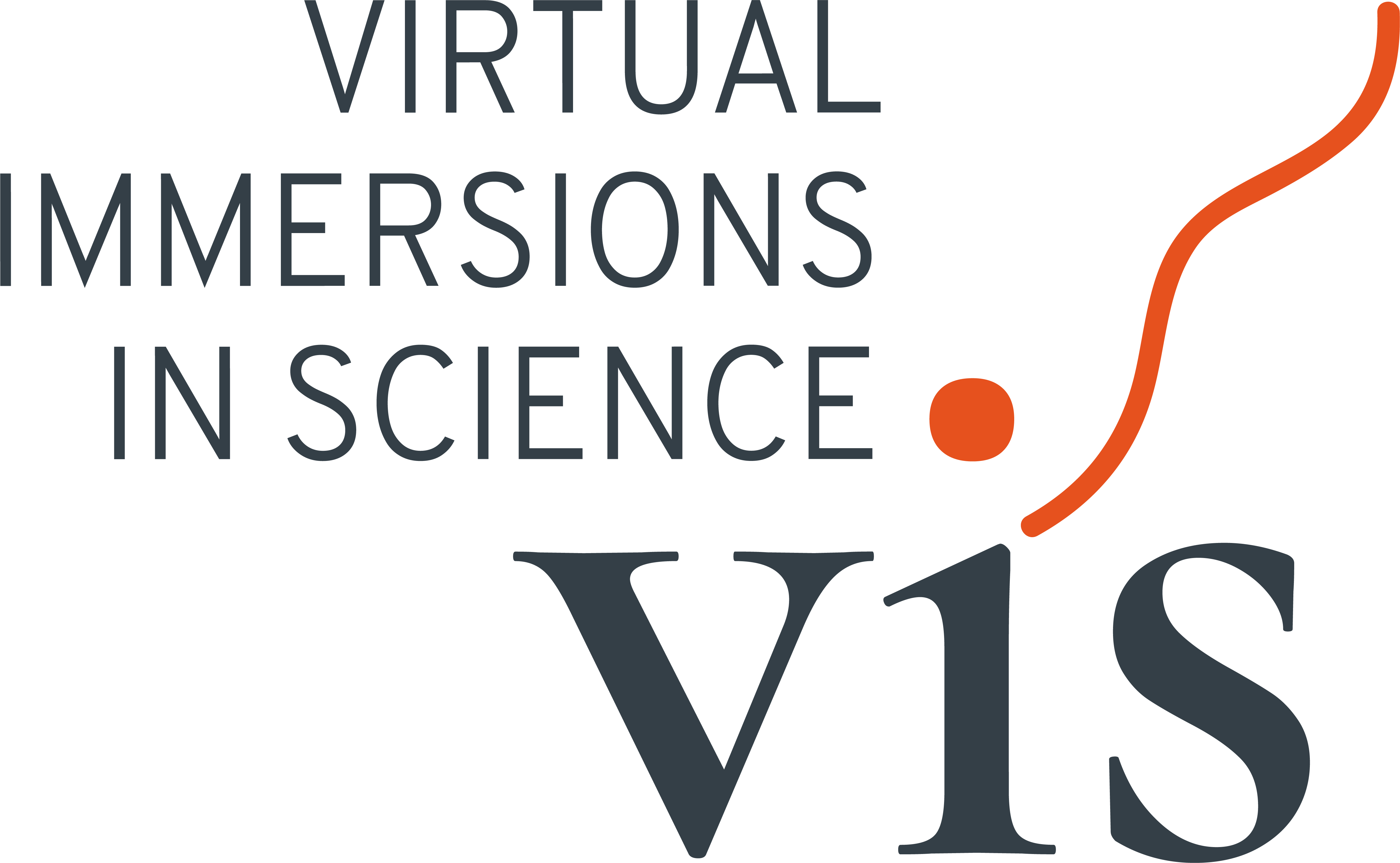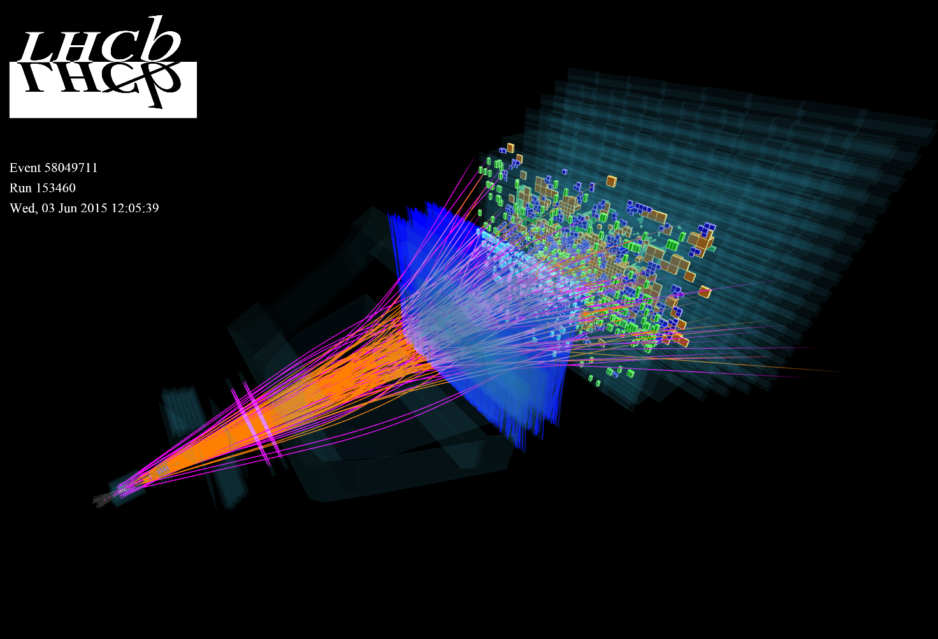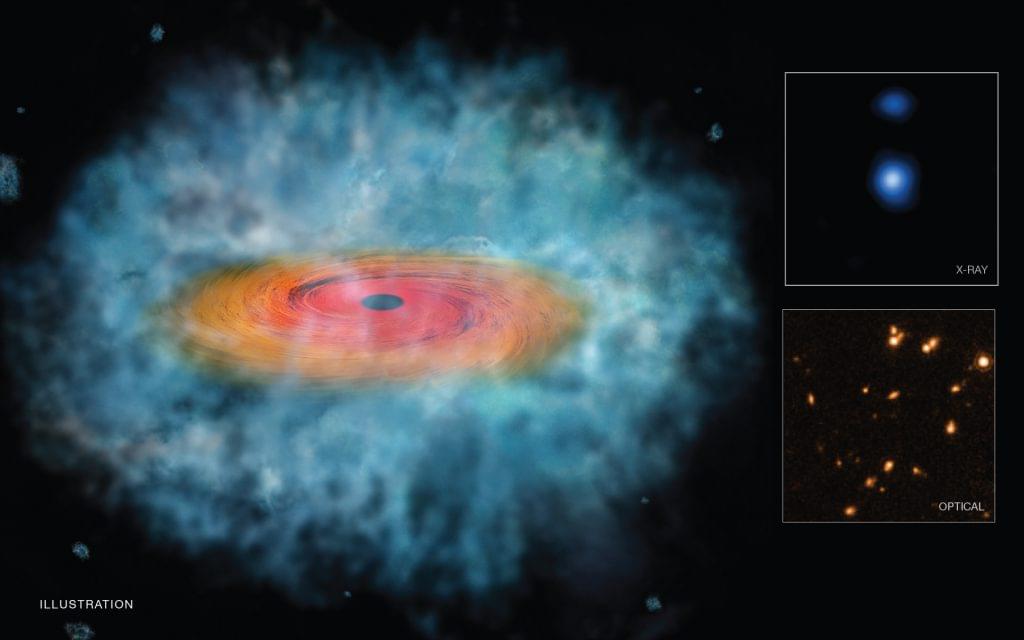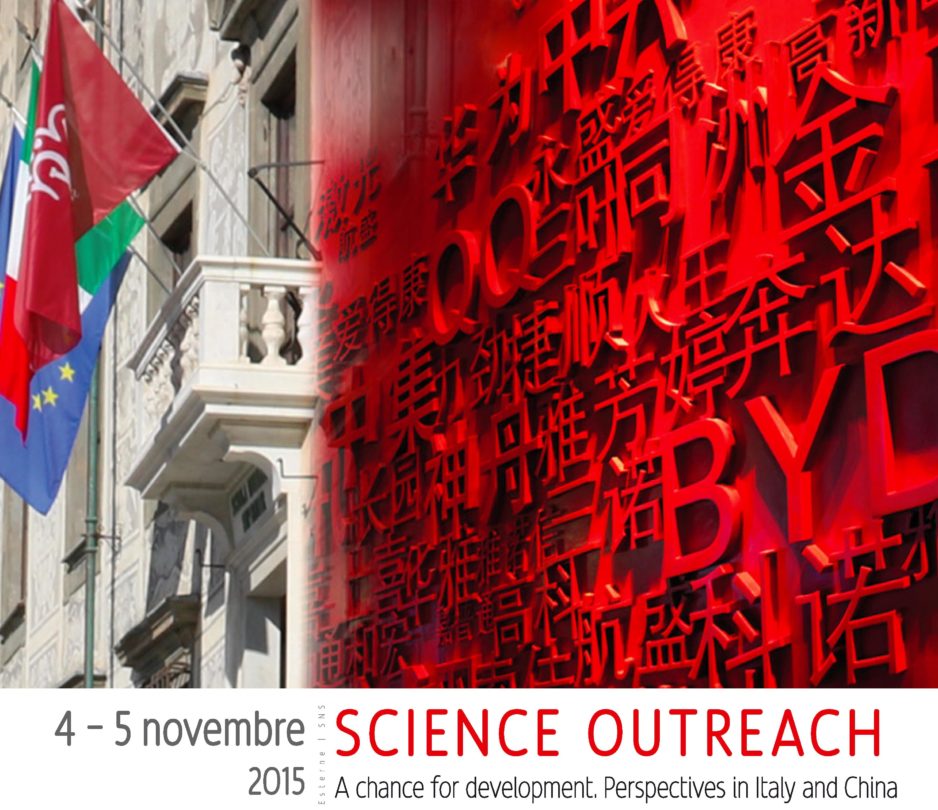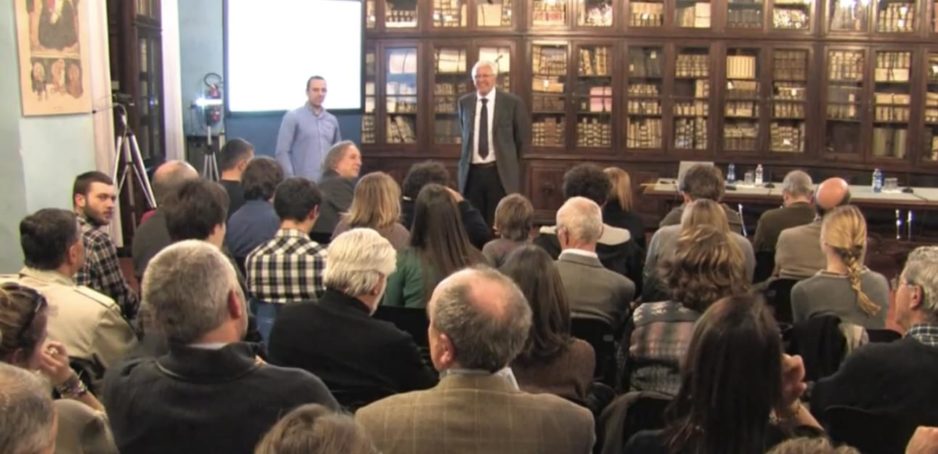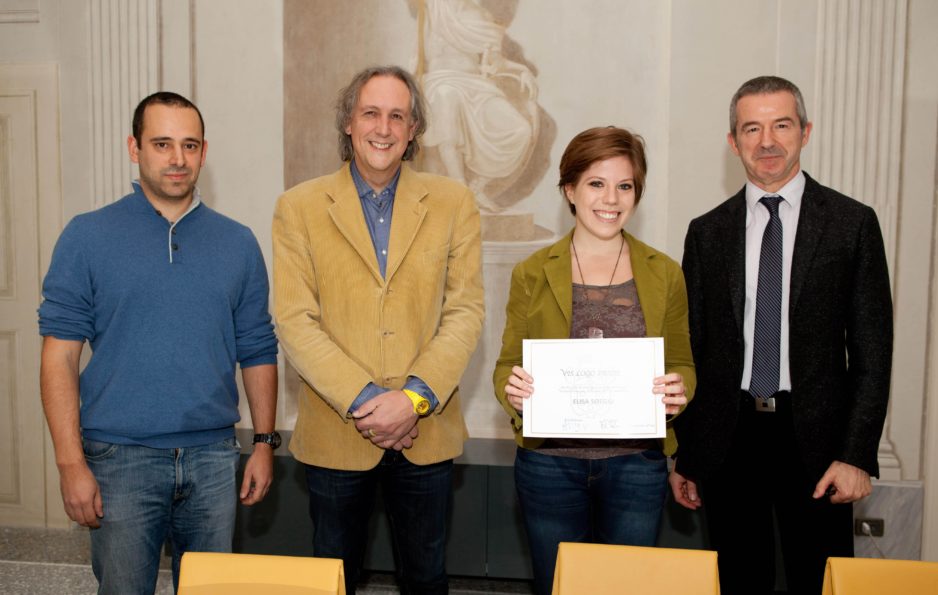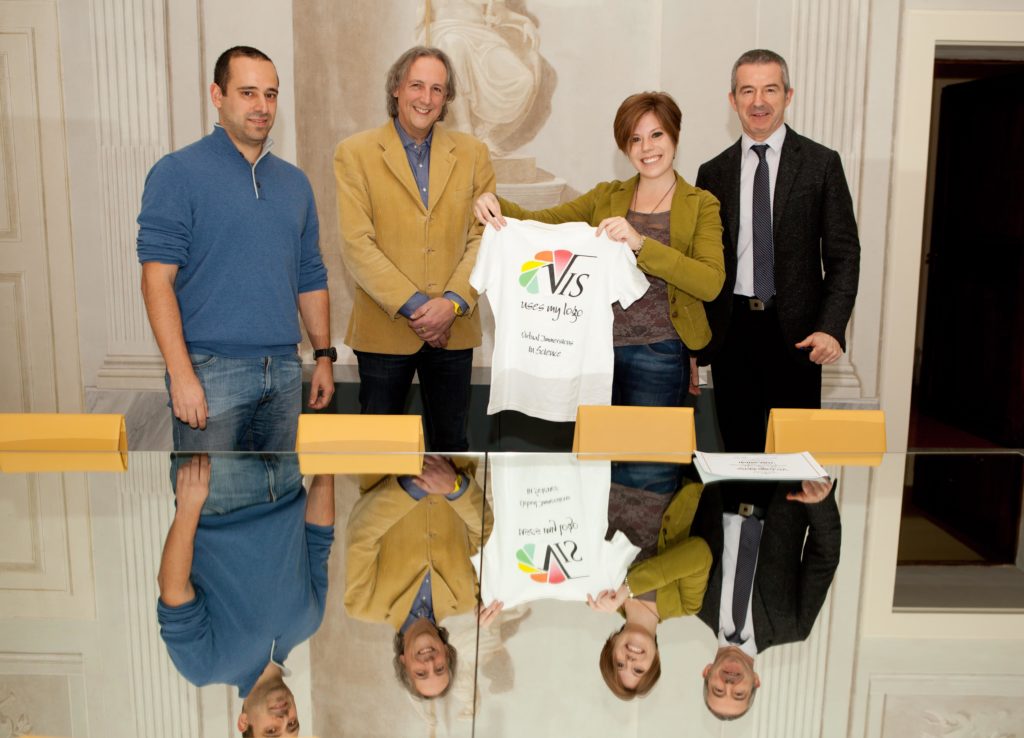di Irene Celestino
“Perché siamo fatti di materia e non di antimateria?” Questa è sicuramente una delle domande più importanti e affascinanti della fisica moderna. Un quesito che riguarda intimamente l’esistenza dell’uomo e il ruolo che esso occupa nell’Universo. I ricercatori impegnati al CERN di Ginevra studiano le interazioni tra particelle sub-atomiche con sempre maggiore precisione e forse non bisognerà attendere ancora molto tempo prima di avere una risposta definitiva a questa domanda esistenziale. L’esperimento LHCb, istallato al Large Hadron Collider, è l’ultima frontiera nello studio di precisione delle proprietà della materia e dell’antimateria e sta mettendo a dura prova le certezze della fisica attuale, producendo un’innumerevole serie di risultati.
L’antimateria fu osservata sperimentalmente per la prima volta, quasi per caso, nel 1932 dal fisico americano Anderson [ref. 1] durante gli studi sui raggi cosmici, particelle provenienti dallo spazio profondo. I dati analizzati da Anderson rivelarono, in totale contrasto con ciò che lo scienziato americano aspettava, approssimativamente lo stesso numero di particelle con carica positiva e negativa. Anderson aveva osservato per la prima volta in assoluto il positrone [fig. 1], ovvero l’antiparticella dell’elettrone, dotata della stessa massa e delle stesse caratteristiche dell’elettrone, ma diversa per alcuni numeri quantici, come la carica elettrica, di segno opposto. Con il positrone entrava qualcosa di più che una nuova particella nel mondo della fisica: la relazione di simmetria con l’elettrone si annunciava come una nuova regola fondamentale del microcosmo, per cui ad ogni particella doveva venir associata un’antiparticella, persino alle particelle neutre, come il neutrone.

Da allora i fisici sperimentali e teorici hanno fatto notevoli passi avanti nella comprensione delle particelle elementari e delle loro interazioni, tuttavia i dettagli più profondi del meccanismo di simmetria particella-antiparticella non sono del tutto noti, e non è ancora chiaro perché l’Universo, che osserviamo con i nostri potenti telescopi, sia dominato totalmente dalla materia; la presenza di antimateria è infatti rarissima.
Secondo le più moderne teorie accettate dalla comunità scientifica mondiale, nei primi istanti di vita, appena dopo il Big Bang, l’Universo doveva contenere lo stesso numero di particelle e antiparticelle. La notevole differenza nella quantità di materia e antimateria che si osserva oggi probabilmente ha avuto origine durante l’evoluzione dell’Universo dall’istante del Big Bang ai giorni nostri [fig. 2].
Nel 1967 il fisico russo Sakharov [ref. 2] dimostrò che le interazioni fondamentali tra le particelle, che hanno giocato un ruolo di primo piano durante il processo di evoluzione dell’Universo, avrebbero dovuto soddisfare alcune condizioni, tra cui violare la simmetria sotto l’operazione combinata di coniugazione di carica C (che trasforma una particella nella sua antiparticella, cambiando ovviamente anche il segno della sua carica elettrica) e la parità spaziale P (che inverte le coordinate spaziali e il moto delle particelle), la cosiddetta simmetria CP.

La violazione di questa simmetria fu osservata sperimentalmente per la prima volta nel 1964 dai fisici americani Cronin e Fitch [ref. 3], che aprirono la strada allo studio sperimentale di tale fenomeno. Fu un vero e proprio terremoto che distrusse dalle fondamenta le certezze dei fisici dell’epoca, dal momento che tutte le leggi della fisica note negli anni ‘60 erano indubitabilmente simmetriche sotto la trasformazione di simmetria di CP (gravità di Newton, elettromagnetismo di Maxwell, tutte le interazioni nucleari note all’epoca, ecc.). Da allora i fisici hanno lavorato instancabilmente alla ricerca della violazione della simmetria CP e questi studi sono tuttora di fondamentale importanza e sempre in corso nonostante gli enormi progressi ottenuti durante le ultime decadi. Attualmente si cerca spasmodicamente di scoprire sorgenti di violazione di CP di intensità molto maggiore di quella predetta nel Modello Standard, l’attuale teoria che spiega tutti i fenomeni che osserviamo oggi in Natura e che siamo in grado di creare in laboratorio nei potenti acceleratori di particelle. Infatti gli effetti dell’asimmetria presente nella teoria non sono abbastanza “forti” da spiegare perché siamo fatti di materia e non di antimateria. Trovare un processo che viola fortemente la simmetria di CP sarebbe una chiara indicazione della presenza di fisica “nuova”, non spiegabile con le conoscenze attuali.
Gli studi più avanzati, finalizzati ad approfondire la conoscenza delle particelle già note e a scoprire tracce di nuove particelle o nuove interazioni, vengono attualmente effettuati attraverso il Large Hadron Collider (LHC), l’acceleratore di particelle più potente mai costruito dall’uomo. Questo strumento genera collisioni tra protoni ad altissima energia, durante le quali vengono riprodotte condizioni simili a quelle che l’Universo doveva avere negli istanti immediatamente successivi al Big Bang.
Uno degli esperimenti attualmente in funzione installati al LHC è il Large Hadron Collider beauty (LHCb) [fig. 4, fig. 5], dove alcuni dei ricercatori della Scuola Normale Superiore svolgono le loro ricerche più avanzate. LHCb è specializzato nella misura precisa della violazione di CP attraverso lo studio dei decadimenti di particelle composte dal quark beauty (mesoni B dotati di “bellezza”), da cui il nome LHCb, e dal quark charm (mesoni D dotati di “fascino”). Questi mesoni si creano nelle collisioni del LHC e sono instabili, per cui tendono a decadere in frazioni infinitesime di secondo, cioè dividersi in altre particelle più leggere e stabili, conservando la somma totale di energia e di quantità di moto. LHCb è sensibile ai prodotti finali dei decadimenti dei mesoni e ne misura con precisione la carica, la massa, la velocità, e l’energia. Dai prodotti di decadimento è possibile quindi risalire al mesone originario e misurarne accuratamente tutte le proprietà fisiche, tra cui il suo “sapore”, cioè se si tratta di una particella o di un’antiparticella. Dal conteggio di particelle e anti-particelle si riesce così a misurare la violazione della simmetria di CP con grande precisione.

Recentemente la collaborazione internazionale LHCb ha pubblicato sulla prestigiosa rivista Physical Review Letters [ref. 4, ref. 5] una delle misure più precise di sempre dell’asimmetria tra materia e antimateria nei decadimenti del mesone D0, che non è stata ancora mai sperimentalmente osservata, nonostante gli innumerevoli tentativi fatti negli ultimi decenni. Alla guida dell’équipe di ricercatori che ha condotto tali studi ci sono il Dr Pietro Marino (studente di dottorato della Scuola Normale Superiore, attualmente post-doc al École Polytechnique Fédérale di Losanna), il Dr. Michael J. Morello (Scuola Normale Superiore) e il Prof. Giovanni Punzi (Università di Pisa), tutti e tre associati alla Sezione di Pisa dell’Istituto Nazionale di Fisica Nucleare. I ricercatori pisani, sfruttando il campione più abbondante mai raccolto di decadimenti del mesone D0 e della sua antiparticella, l’anti-mesone , hanno misurato con estrema precisione il tempo di vita di queste particelle (~0.5 pico-sec) dall’istante in cui sono state create sino all’istante in cui si sono disintegrate. Hanno poi misurato l’asimmetria, data dal rapporto tra la differenza e la somma del numero misurato di e , ed in particolare la sua variazione in funzione del tempo di vita, anche nota come parametro , cercando segnali di violazione della simmetria CP in regioni mai esplorate prima dall’uomo. Un valore di diverso da zero indicherebbe in modo inequivocabile violazione della simmetria di CP nel sistema dei mesoni .
Nonostante la rivoluzionaria precisione raggiunta dalla misura attuale, il valore ottenuto per il parametro è ancora compatibile con zero all’interno dell’errore sperimentale, e quindi non spiega la situazione attuale, cioè la totale preponderanza della materia sull’antimateria.
LHCb però è solo all’inizio del suo cammino e nei prossimi anni raccoglierà molti più dati di quelli attualmente a disposizione, permettendo ai ricercatori di spingersi a precisioni ancora maggiori in un territorio mai esplorato prima.
La vita dei ricercatori però non sarà affatto facile e libera da ostacoli. La misura attuale ha già richiesto di superare innumerevoli sfide sperimentali, come la necessità di raccogliere un enorme numero di decadimenti di interesse e di sviluppare tecniche sperimentali raffinate e innovative, in modo da eliminare tutte le asimmetrie spurie che possono pericolosamente falsificare la misura.
Nonostante queste difficoltà i ricercatori non vedono l’ora di analizzare i nuovi dati che LHCb fornirà nei prossimi anni ad alta luminosità e di navigare verso l’ignoto, affrontando e superando le difficoltà che si porranno davanti al cammino della conoscenza.
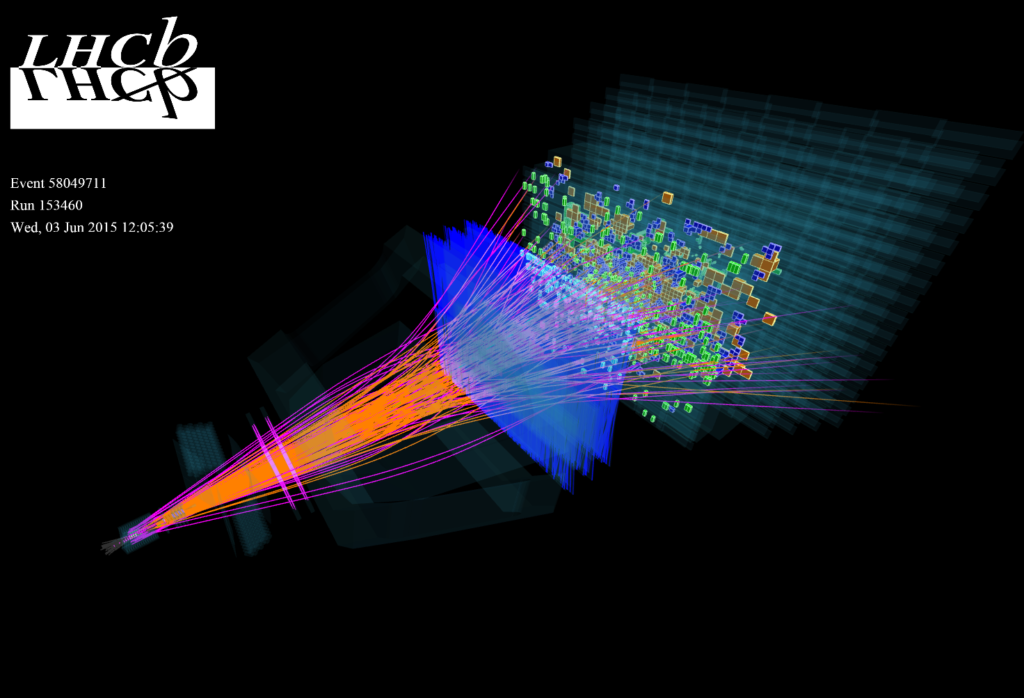
[1] Carl D. Anderson, “The Positive Electron”, Phys. Rev. 43, 491 – Published 15 March 1933. https://journals.aps.org/pr/abstract/10.1103/PhysRev.43.491
[2] A. D. Sakharov (1967). “Violation of CP invariance, C asymmetry, and baryon asymmetry of the universe”. Journal of Experimental and Theoretical Physics 5: 24–27., republished as A. D. Sakharov (1991). “Violation of CP invariance, C asymmetry, and baryon asymmetry of the universe”. Soviet Physics Uspekhi 34 (5): 392–393.
[3] J. H. Christenson, J. W. Cronin, V. L. Fitch, and R. Turlay, “Evidence for the 2π Decay of the K02 Meson”, Phys. Rev. Lett. 13, 138 – Published 27 July 1964. https://journals.aps.org/prl/abstract/10.1103/PhysRevLett.13.138
[4] LHCb Collaboration, Measurement of the CP violation parameter AΓ in D0→K+K− and D0→π+π− decays, Phys. Rev. Lett. 118, 261803, https://journals.aps.org/prl/abstract/10.1103/PhysRevLett.118.261803
[5] P. Marino, Measurement of the CP violation parameter AΓ in D0→K+K− and D0→π+π− decays, CERN-THESIS-2017-007, http://cds.cern.ch/record/2248481?ln=en
